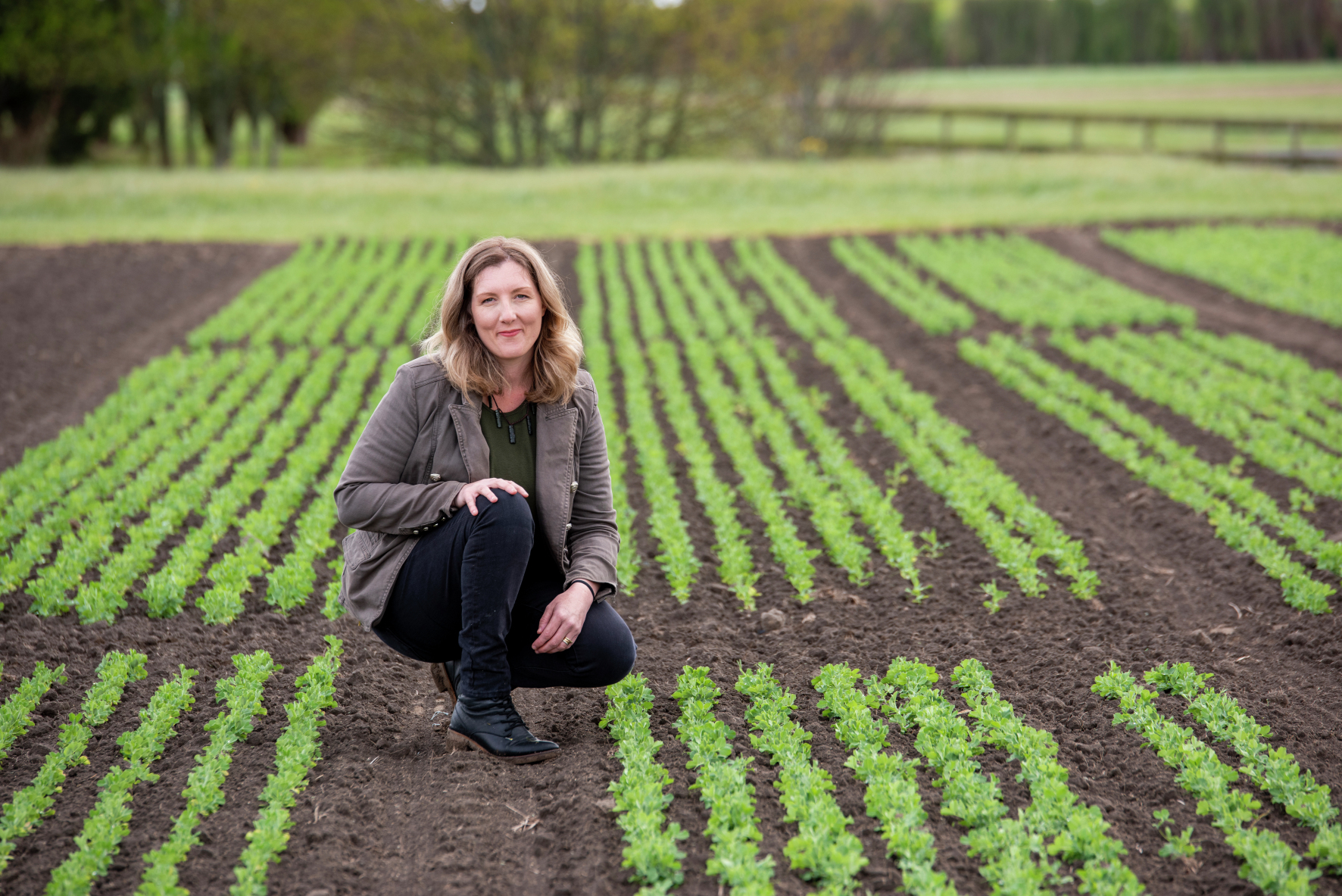By Balle Brothers,Richard Rennie
Copyright farmersweekly

Reading Time: 3 minutes
When it comes to French fries there is nothing humble about the potato, in a sector globally estimated to be worth US$18billion and with growth projections to be US$24bn by decade’s end.
Plant & Food Research, a division of the Bioeconomy Science Institute, has been recognised for a new variety developed specifically with this multibillion-dollar sector in mind.
A research team headed by science group leader Samantha Baldwin has been nominated as a finalist in the Commercialisation Impact category of this year’s KiwiNet Awards.
The annual awards recognise individuals, teams and organisations turning publicly funded research into commercial reality as businesses and innovative technologies.
“Crop 78”, the new variety of potato that has earned the research team the recognition, is the result of almost 25 years of development to create a potato delivering benefits across the supply chain, from grower to consumer.
Plant & Food Research business development manager Barry Cowen said for many years the Russet Burbank has been the frying potato of choice for processors, renowned for its size, shape and cooking properties.
“But you never get the perfect potato and the idea for Crop 78 started back in 2004 when growers were being told they could keep increasing their crop by simply applying more nitrogen fertiliser.
“It seemed unsustainable even then and we started working on how to grow a lower input potato.”This required working with growers to better understand the challenges they face from diseases and storage.
The breeding team worked through the research agency’s extensive collection of potato germplasm built up over many years of breeding, crossing varieties to ultimately deliver today’s outcome.
Cowen said the resulting cross ticks multiple boxes.
“It has a high tuber set rate, which is great for seed-potato growers wanting to maximise their yield, while for growers it has proven to deliver 36% high yield with half the standard nitrogen inputs. This frees up land and significantly reduces the crop’s environmental impact.”
Cowen said the parameters for an ideal frying potato are quite specific, and Crop 78’s higher dry matter content is a key factor in this.
“And shape also of course plays a major role in its success, with the oval profile delivering more well-sized chips from the potato.”
Growers appreciate Crop 78’s ability to be left in the ground for longer without sprouting, reducing the urgency around harvest and lengthy use of expensive storage facilities.
Meantime processors seeking year-long consistency from a seasonal crop have also welcomed its longer storage life, retaining quality well after harvest with less wastage from spoilt potatoes.
For consumers, the upside is a consistently tasty chip. It is now used by Balle Brothers’ Mr Chips brand and accounts for about 11% of New Zealand’s French fry supply.
In total, Mr Chips produces 35,000 tonnes of potato products a year in both domestic and export markets.
Cowen said the variety is well positioned to help boost NZ’s own French fry processing sector, while countries like India that are major fries exporters will also be taking notice of the variety.
Crop 78 will also be a valuable income generator for researchers, with its licence fee returning to the Bioeconomy Science Institute to help fund further variety research.
Cowen is also not ruling out further variety breakthroughs as the team work through other breed potentials.
“We have quite a broad pipeline to work through over time.”
The KiwiNet winners will be announced at a reception on October 22.



